The country of Fredric Chopin, the poet of the piano, and of Nicolaus Copernicus, who insisted on the heliocentric theory, had to suffer through many painful periods of history and division by its more powerful neighbors Russia, Germany and Austria. As a result, beginning in the late 18th century, Poland lost its sovereignty for 123 years. Though the country celebrated its independence after the First World War, the joy was short-lived. In 1939, Poland was again divided between Germany and Russia, and after the Second World War, it fell under the influence of the Soviet Union.
However, Poland had its glory days when it reigned as a regional power across Eastern Europe. Polish King Stefan Batory (r.1576-1586) engaged in wars with Russia during the late 16th century and celebrated victories in many battles. Polish painter Jan Matejko (1838-1893) portrayed the historical moment when King Batory achieved victory after laying siege to the huge fortress of Pskov in an over-sized painting measuring 6 meters by 4 meters. The painting was a source of pride and courage for the Polish people, many of whom felt disappointment after the uprising against Russia ended in failure in the late 19th century.
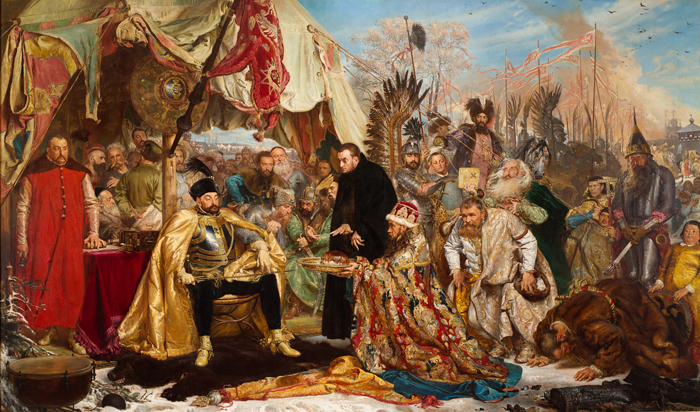
Many of Poland's national treasures, including some of Matejko's paintings, handwritten scores by Chopin (1810-1849) and religious art from the Middle Ages, will now be shown in Korea for the first time. The "Polish Art: An Enduring Spirit" exhibit will start at the National Museum of Korea in Yongsan District, Seoul, on June 6. Nineteen institutions from across Poland, including the National Museum in Krakow, the National Museum in Poznan and the Royal Castle in Warsaw, will present over 250 artifacts to Korean museum-goers. As the title bears out, the exhibition will feature one millennium of Polish art and history, from the Middle Ages to the 20th century.
One of the major works at the exhibition, an original of Chopin's Mazurka in E Major, Op. 6, No. 3, is a piano piece he composed inspired by traditional Polish folk tunes. Through the piece, Chopin expresses his sorrow and hopes for his country, which was then divided by its neighbors. Chopin composed many musical pieces based on traditional Polish tunes and inspired many Polish artists.
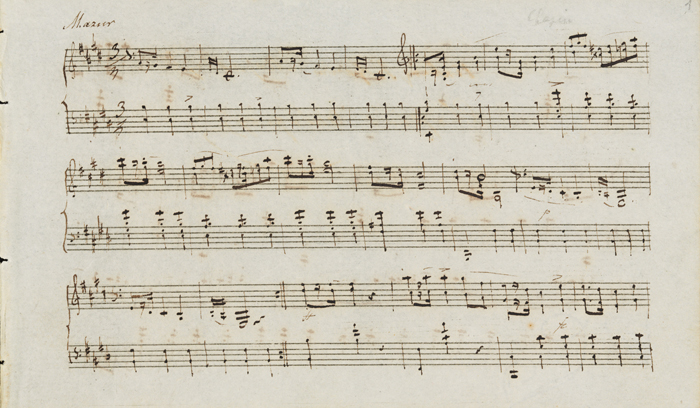
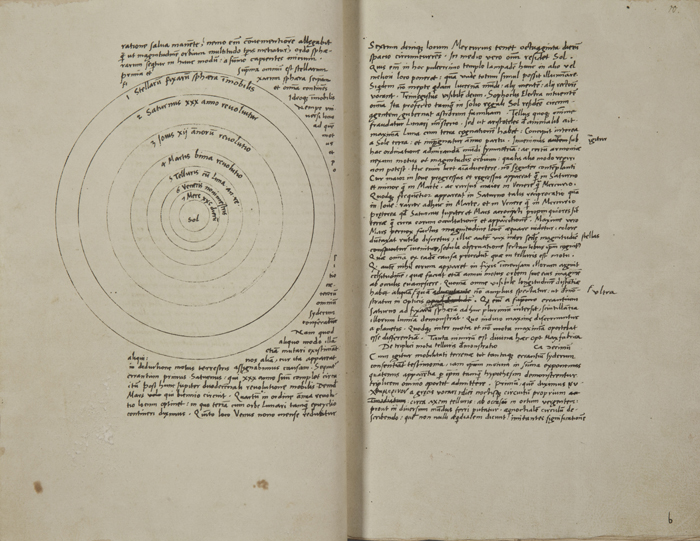
In addition, a copy of Nicolaus Copernicus' "De Revolutionibus," a book of handwritten documents that outlines the heliocentric theory, and astronomical observation tools, among other things, will explain Copernicus' philosophy and help understand his then revolutionary theory. The exhibit also features astronomical observation equipment from the 16th century and explains how to use them.
There are many religious artifacts from the Middle Ages on display, too. Sculptures and paintings that were used as part of decorations for altars, which were at the center of church architecture in the 15th century, and colorful statues of the Virgin Mary, will also be shown in Seoul.
From the 16th to 18th centuries, "Sarmatism" prevailed among aristocrats in Poland. It was a lifestyle and ideology, covering dress and behavior, that influenced their attire, weapons and artwork. Polish nobility at that time believed that they were descendants of the Sarmatians, the presumed ancestors of the nobility, a confederacy of predominantly Iranian tribes that lived north of the Black Sea. The nobility produced many fine clothes, portraits with coats of arms and artwork influenced by an Oriental style.
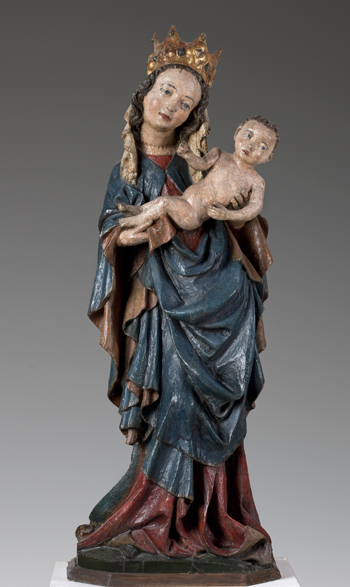
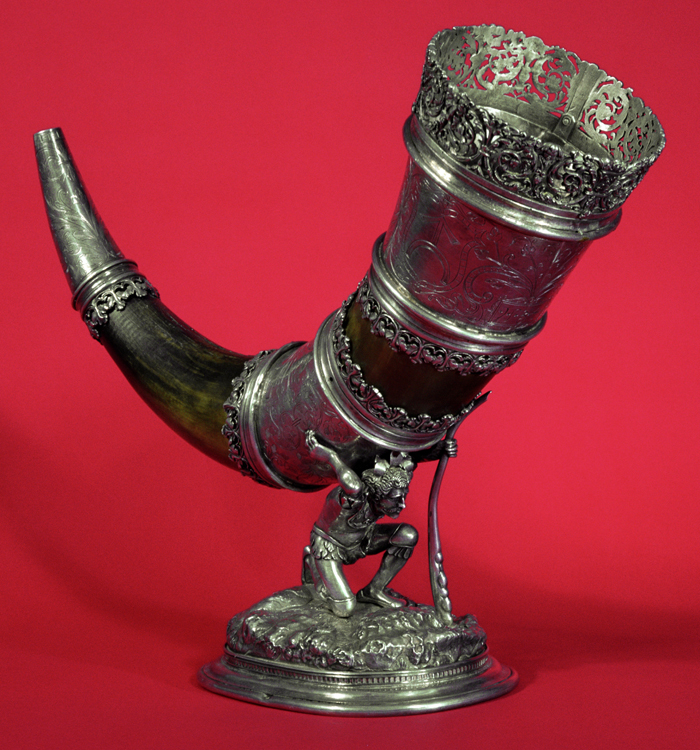
In addition to the exhibition, there will be many events, including a lecture and a film screening. Maria Poprzęcka, a major Polish art historian, will give the "Polish Art: An Enduring Spirit" lecture at 2 p.m. on June 5. There will be musical performances of Chopin's music at the museum's theater, the Theater Yong, at 6 p.m. on the last Wednesday of each month: on June 24, July 29 and August 26.
There will be a showing of Polish cinema with narration by Korean movie director Song Il-gon, who graduated from the Lodz Film School in Poland. It will take place at 2 p.m. on July 4.
Finally, the exhibit will continue until August 30. For more information, please call 1688-9891 or visit the exhibit's homepage (www.polandart.co.kr).
By Limb Jae-un
Korea.net Staff Writer
Photos courtesy of the National Museum of Korea
jun2@korea.kr
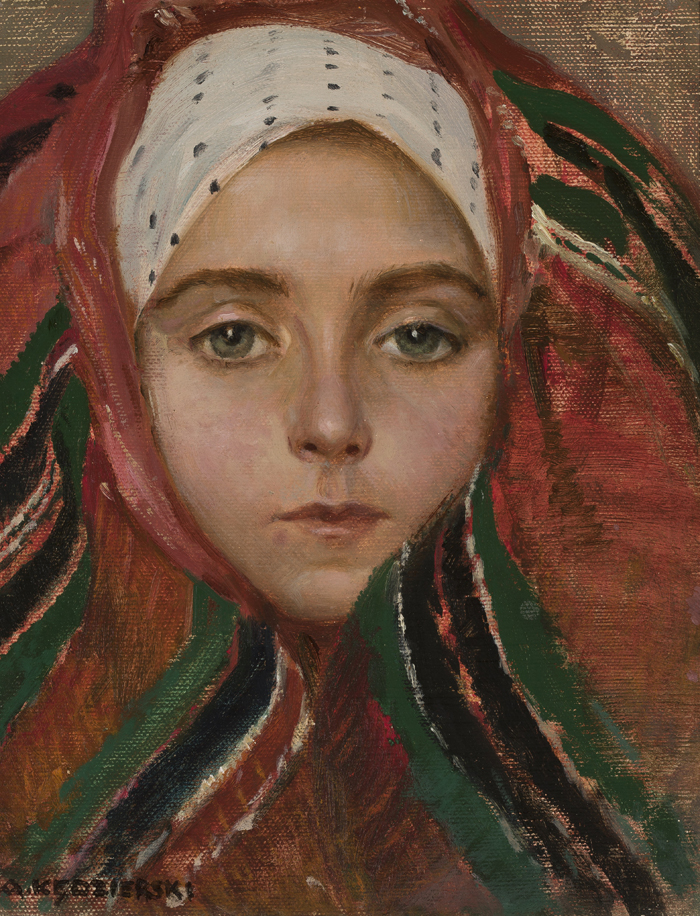
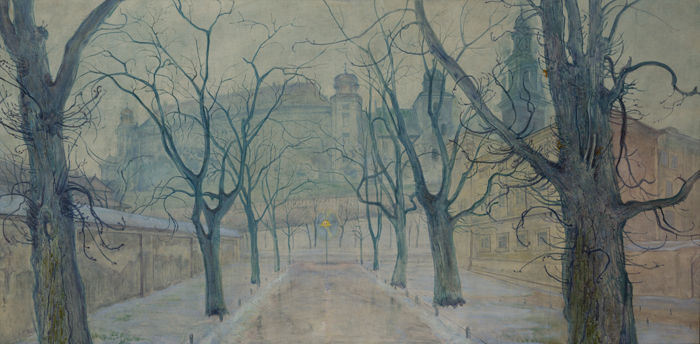
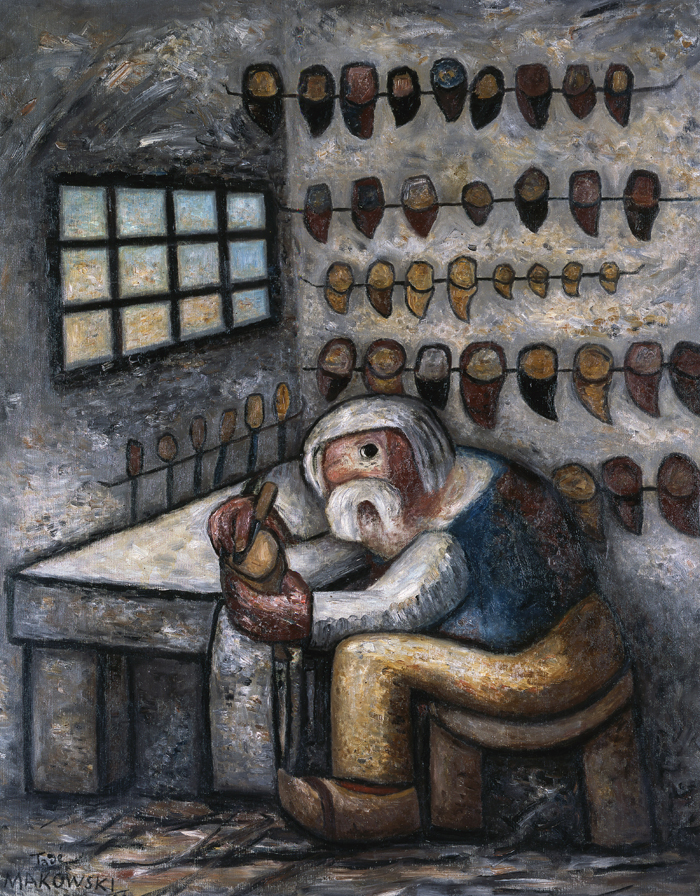
However, Poland had its glory days when it reigned as a regional power across Eastern Europe. Polish King Stefan Batory (r.1576-1586) engaged in wars with Russia during the late 16th century and celebrated victories in many battles. Polish painter Jan Matejko (1838-1893) portrayed the historical moment when King Batory achieved victory after laying siege to the huge fortress of Pskov in an over-sized painting measuring 6 meters by 4 meters. The painting was a source of pride and courage for the Polish people, many of whom felt disappointment after the uprising against Russia ended in failure in the late 19th century.

Jan Matejko portrays Polish history in his work 'Stefan Batory at Pskov' (1870-1872).
Many of Poland's national treasures, including some of Matejko's paintings, handwritten scores by Chopin (1810-1849) and religious art from the Middle Ages, will now be shown in Korea for the first time. The "Polish Art: An Enduring Spirit" exhibit will start at the National Museum of Korea in Yongsan District, Seoul, on June 6. Nineteen institutions from across Poland, including the National Museum in Krakow, the National Museum in Poznan and the Royal Castle in Warsaw, will present over 250 artifacts to Korean museum-goers. As the title bears out, the exhibition will feature one millennium of Polish art and history, from the Middle Ages to the 20th century.
One of the major works at the exhibition, an original of Chopin's Mazurka in E Major, Op. 6, No. 3, is a piano piece he composed inspired by traditional Polish folk tunes. Through the piece, Chopin expresses his sorrow and hopes for his country, which was then divided by its neighbors. Chopin composed many musical pieces based on traditional Polish tunes and inspired many Polish artists.


Fredric Chopin's handwritten score for his Mazurka in E Major, Op. 6, No. 3 (1830) and (bottom) a copy of Nicolaus Copernicus' 'De Revolutionibus' (1520-1541) will both be featured at the 'Polish Art: An Enduring Spirit' exhibit at the National Museum of Korea.
In addition, a copy of Nicolaus Copernicus' "De Revolutionibus," a book of handwritten documents that outlines the heliocentric theory, and astronomical observation tools, among other things, will explain Copernicus' philosophy and help understand his then revolutionary theory. The exhibit also features astronomical observation equipment from the 16th century and explains how to use them.
There are many religious artifacts from the Middle Ages on display, too. Sculptures and paintings that were used as part of decorations for altars, which were at the center of church architecture in the 15th century, and colorful statues of the Virgin Mary, will also be shown in Seoul.
From the 16th to 18th centuries, "Sarmatism" prevailed among aristocrats in Poland. It was a lifestyle and ideology, covering dress and behavior, that influenced their attire, weapons and artwork. Polish nobility at that time believed that they were descendants of the Sarmatians, the presumed ancestors of the nobility, a confederacy of predominantly Iranian tribes that lived north of the Black Sea. The nobility produced many fine clothes, portraits with coats of arms and artwork influenced by an Oriental style.

'Madonna and Child' (15th century)

'Horn of the Fraternity of Wieliczka Miners' (1534) by Andreas Durer.
In addition to the exhibition, there will be many events, including a lecture and a film screening. Maria Poprzęcka, a major Polish art historian, will give the "Polish Art: An Enduring Spirit" lecture at 2 p.m. on June 5. There will be musical performances of Chopin's music at the museum's theater, the Theater Yong, at 6 p.m. on the last Wednesday of each month: on June 24, July 29 and August 26.
There will be a showing of Polish cinema with narration by Korean movie director Song Il-gon, who graduated from the Lodz Film School in Poland. It will take place at 2 p.m. on July 4.
Finally, the exhibit will continue until August 30. For more information, please call 1688-9891 or visit the exhibit's homepage (www.polandart.co.kr).
By Limb Jae-un
Korea.net Staff Writer
Photos courtesy of the National Museum of Korea
jun2@korea.kr

'Head of a Young Girl from Lowicz' (1910) by Apoloniusz Kedzierski.

'Planty Park at Dawn' (1894) by Stanislaw Wyspianski.

'Shoemaker' (1930) by Tadeusz Makowski.

